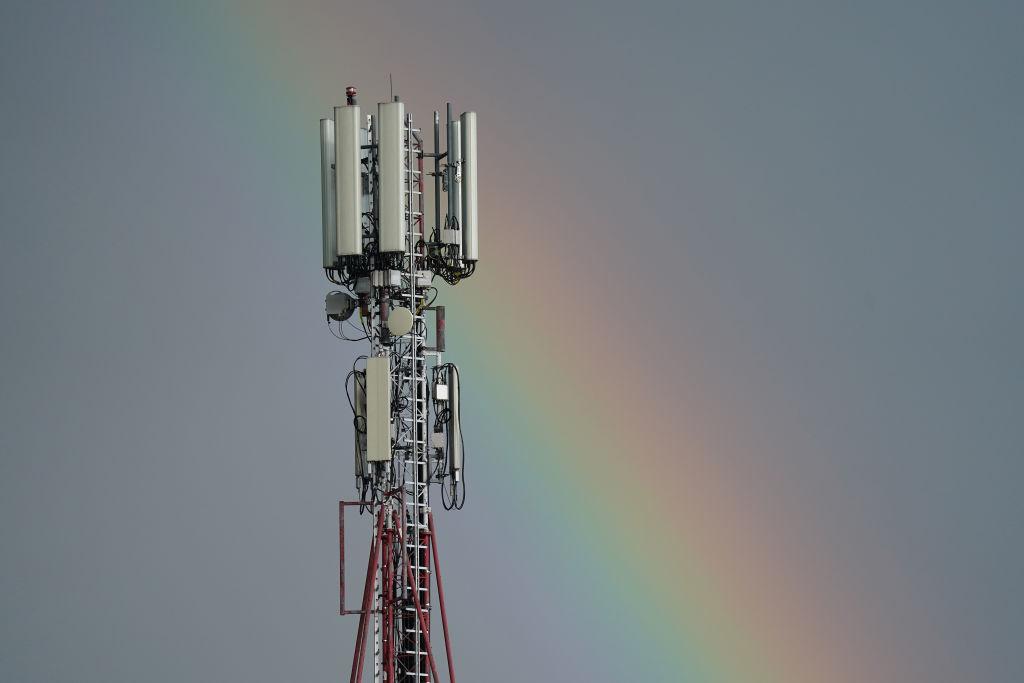New Wireless Concessions Buy More Time To Quantify 5G Aviation Safety Risks

Credit: Sean Gallup/Getty Images
AT&T and Verizon Wireless have agreed to limit deployment of their new 5G C-band services around some of the busiest U.S. commercial airports, acquiescing to a last-minute plea by major airlines so that aviation stakeholders can further quantify potential safety risks to radio altimeters and related...
Subscription Required
This content requires a subscription to one of the Aviation Week Intelligence Network (AWIN) bundles.
Schedule a demo today to find out how you can access this content and similar content related to your area of the global aviation industry.
Already an AWIN subscriber? Login
Did you know? Aviation Week has won top honors multiple times in the Jesse H. Neal National Business Journalism Awards, the business-to-business media equivalent of the Pulitzer Prizes.
